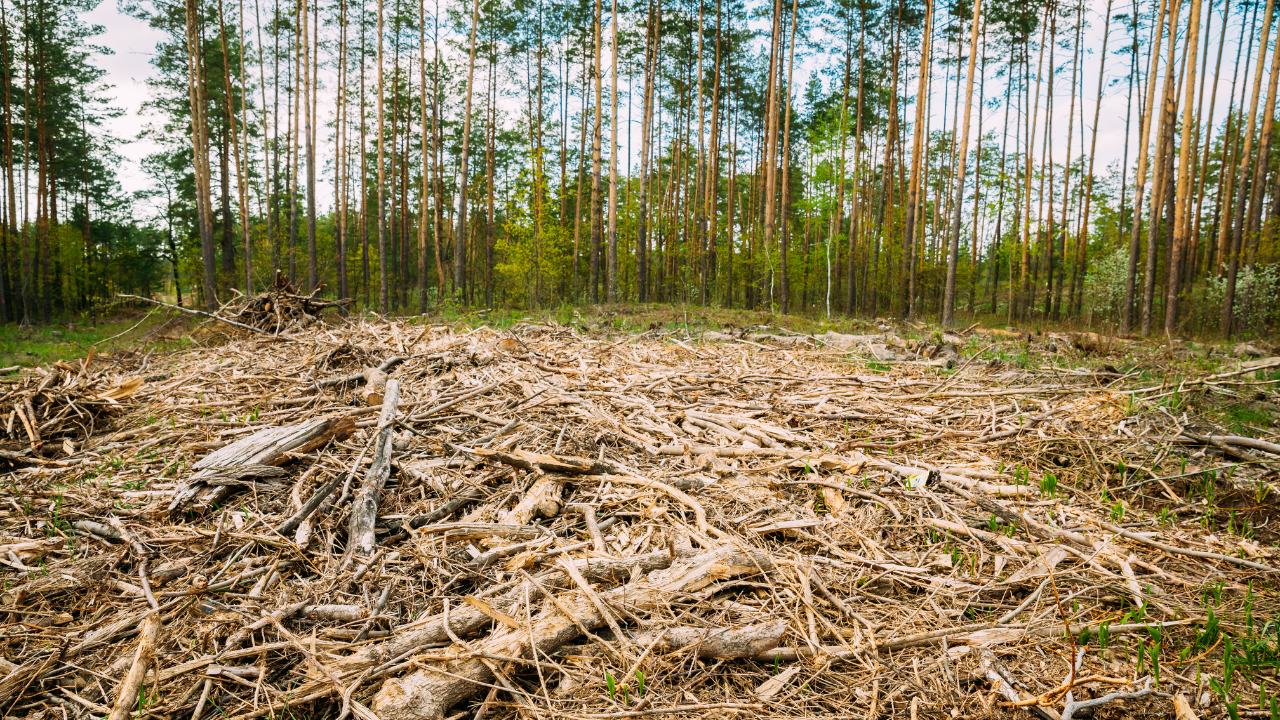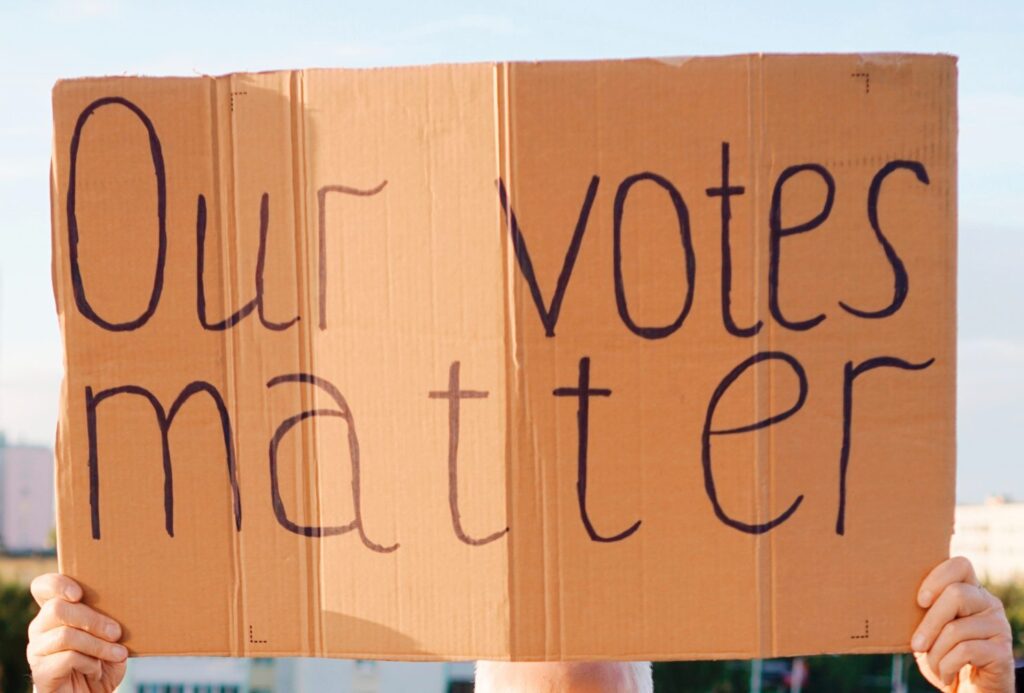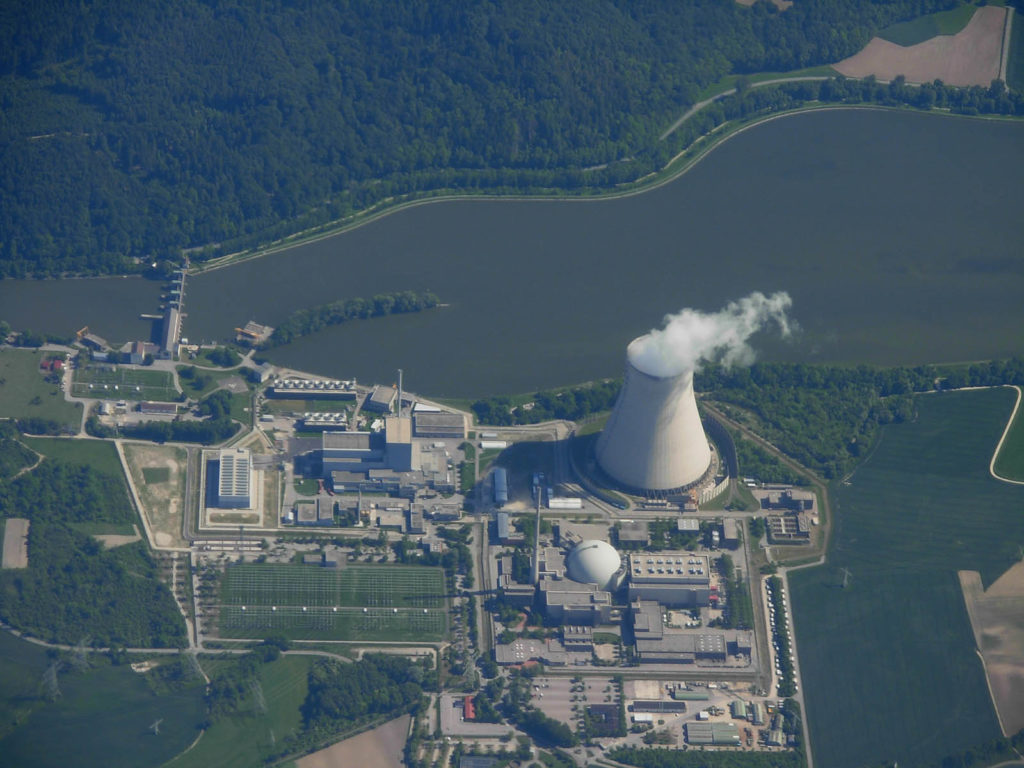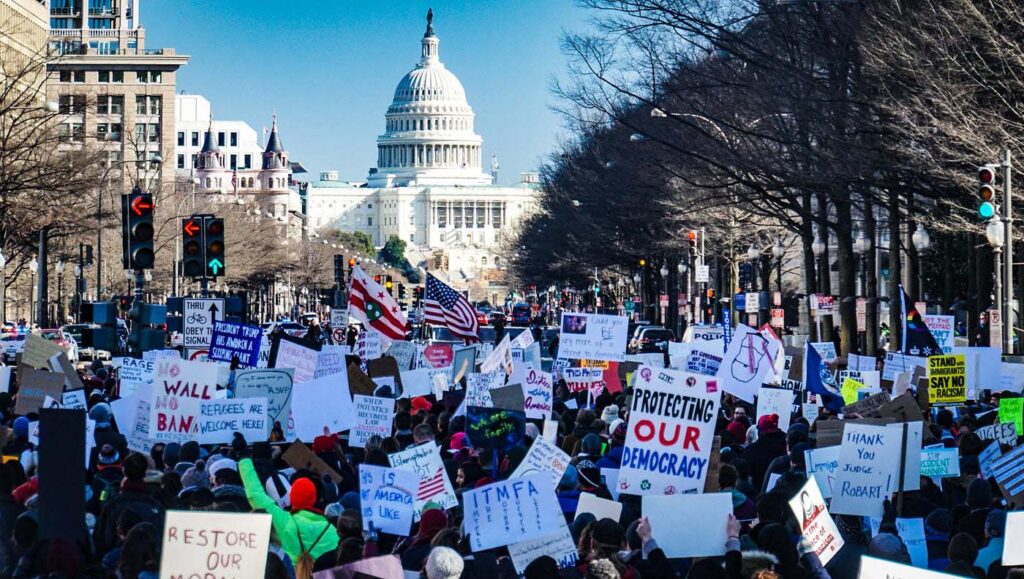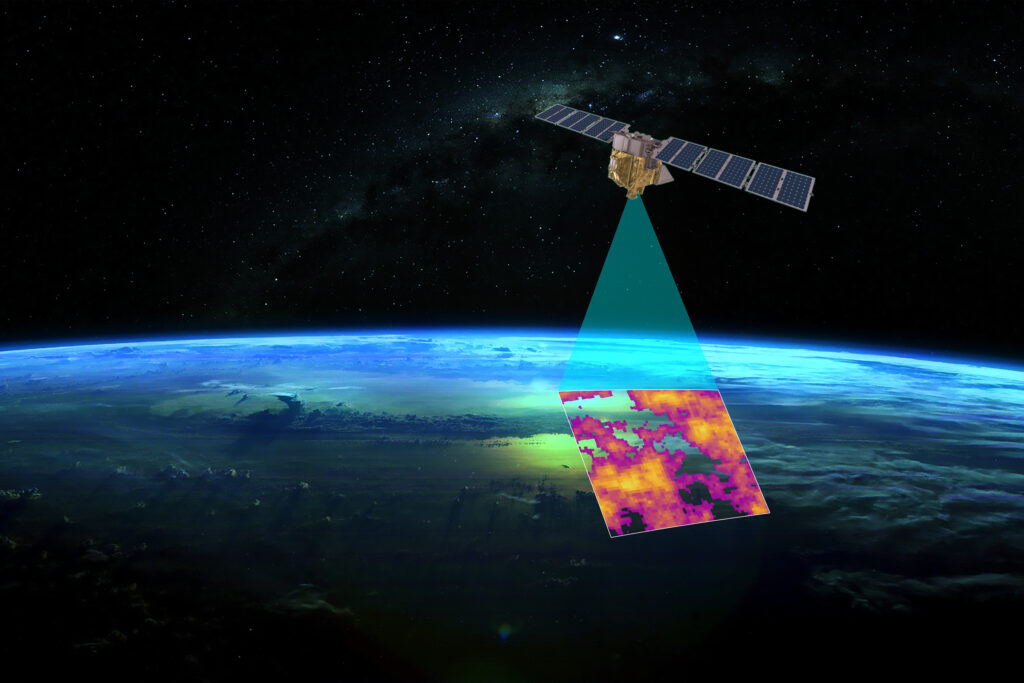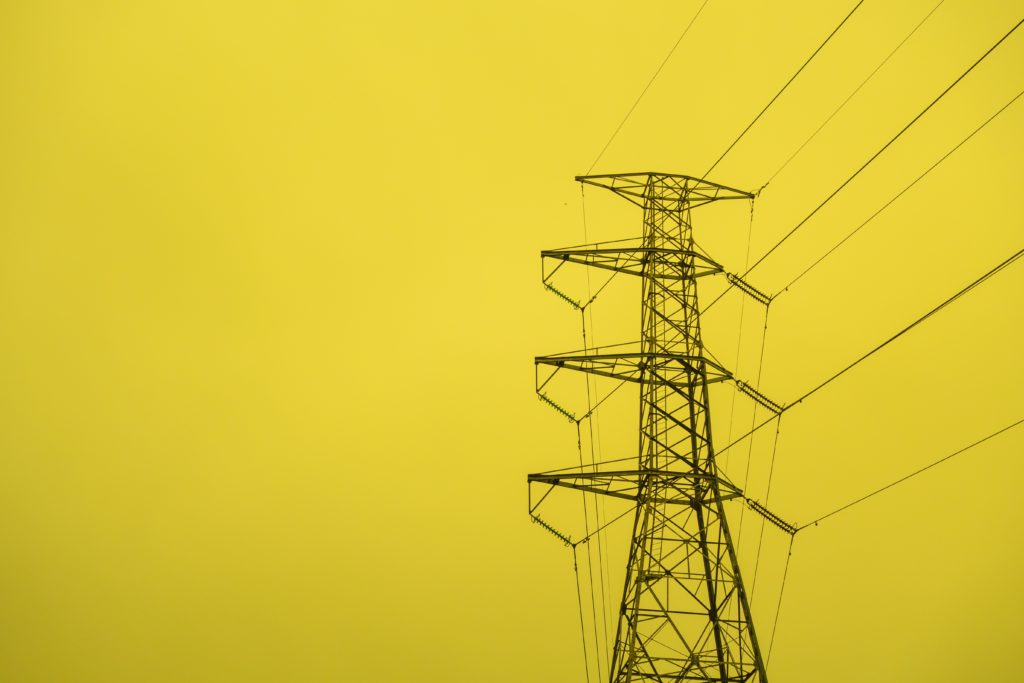Forests act as carbon sinks that draw carbon dioxide from our atmosphere and stabilise our climate. How does that work and what does it mean for our warming climate? Let’s find out.
Deforestation and the carbon cycle
Forests store large amounts of carbon. Trees and other plants absorb carbon dioxide from the atmosphere as they grow. This is converted into carbon and stored in the plant’s branches, leaves, trunks, roots and in the soil.
When forests are cleared or burnt, stored carbon is released into the atmosphere, mainly as carbon dioxide. The scale of this release of carbon is enormous. In 2023, global loss of tropical forests totalled 3.7 million hectares, equivalent to around ten soccer fields of forest lost every minute. This forest loss produced roughly six percent of estimated global carbon dioxide emissions in 2023.
Carbon stored in forests is part of an active, relatively quick cycle that sees carbon released back into the atmosphere when living things (including trees) die and decay.
On the other hand, carbon stored underground in the form of fossil fuels such as coal, oil and gas, is much more stable and part of a much slower carbon cycle. Without the influence of humans burning these fossil fuels for energy, this carbon is unlikely to reach the atmosphere. However, when fossil fuels are burned, carbon from dead and decayed plants, animals and phytoplankton that lived hundreds of millions of years ago is released into the atmosphere in the form of heat-trapping carbon dioxide.
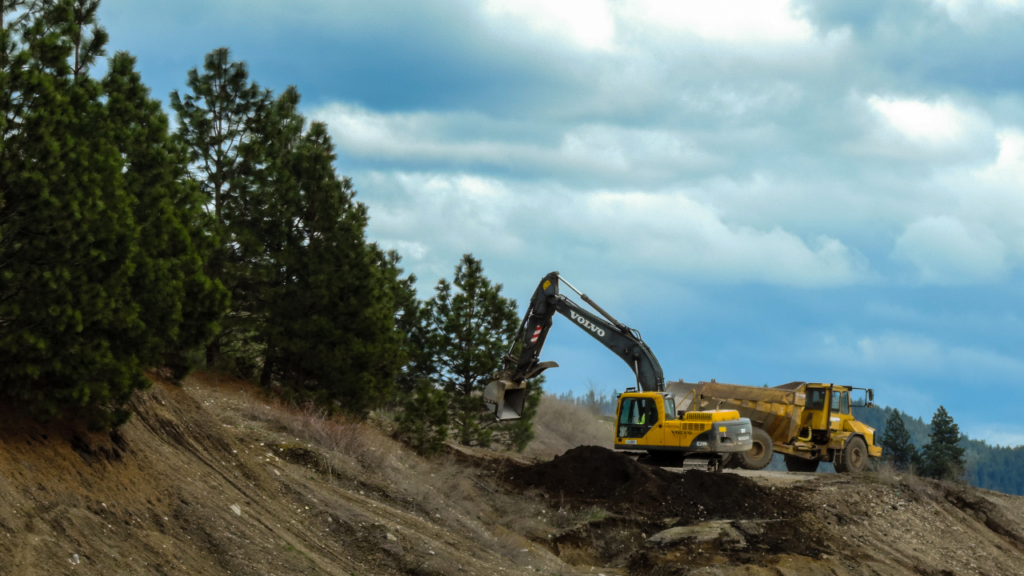
Deforestation and climate change
Burning fossil fuels, combined with the destruction of carbon sinks, has caused too much carbon dioxide to build up in the atmosphere – more than can be absorbed from existing carbon sinks such as forests. The build-up of carbon dioxide to the highest level in human history is driving global warming, as it traps heat in the lower atmosphere.
Carbon offsets, including planting trees, aren’t the answer
A carbon offset is a claimed reduction in climate pollution, usually achieved by planting trees and restoring land, to account for an equivalent amount of pollution that occurs elsewhere. Companies use carbon offsets to ‘even out’ their carbon pollution.
As climate change creates more frequent and intense fires, trees originally planted to offset carbon are more likely to get burnt. This means carbon offsets are fragile and unreliable in the face of a changing and unpredictable climate.
The good news is, we don’t need to rely on carbon offsets to cut climate pollution. Proven technologies like solar and wind can electrify our lives, slash climate pollution this decade and ensure a safer future for our kids.
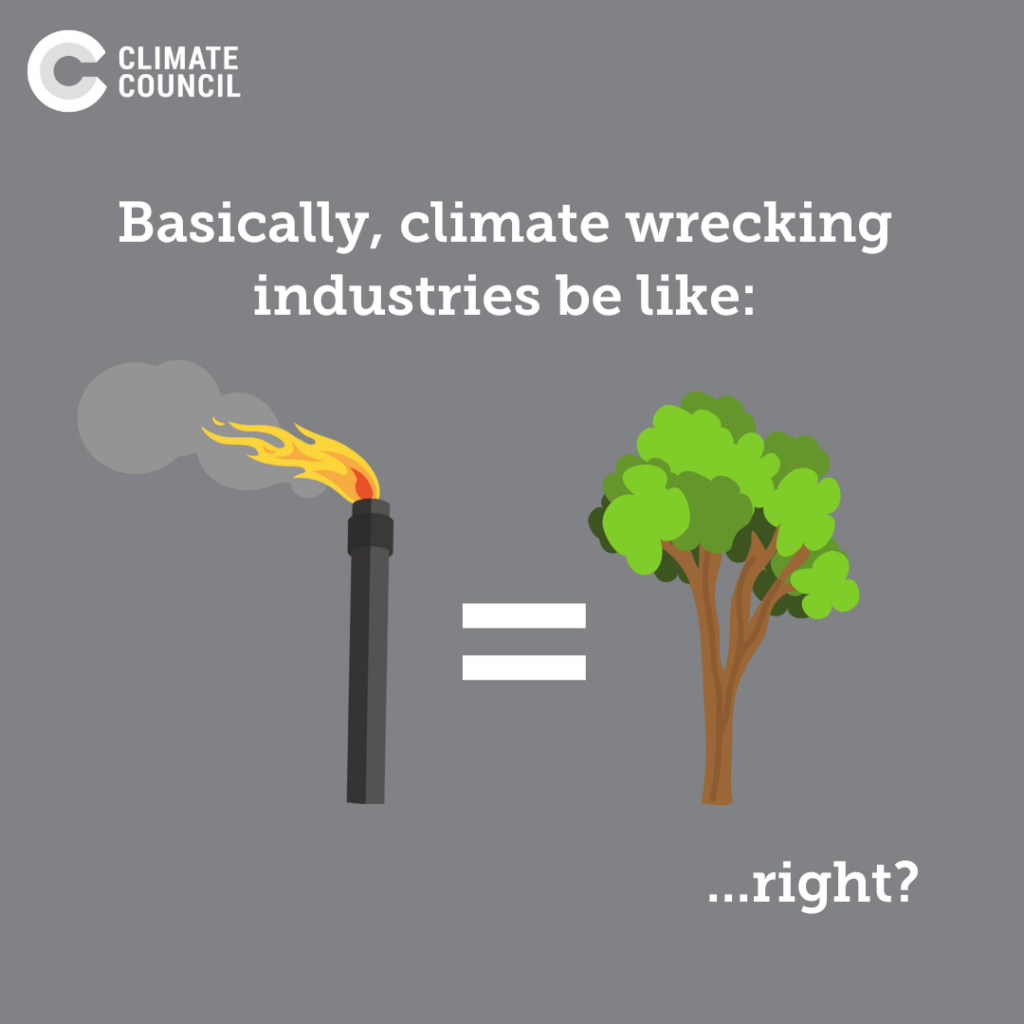
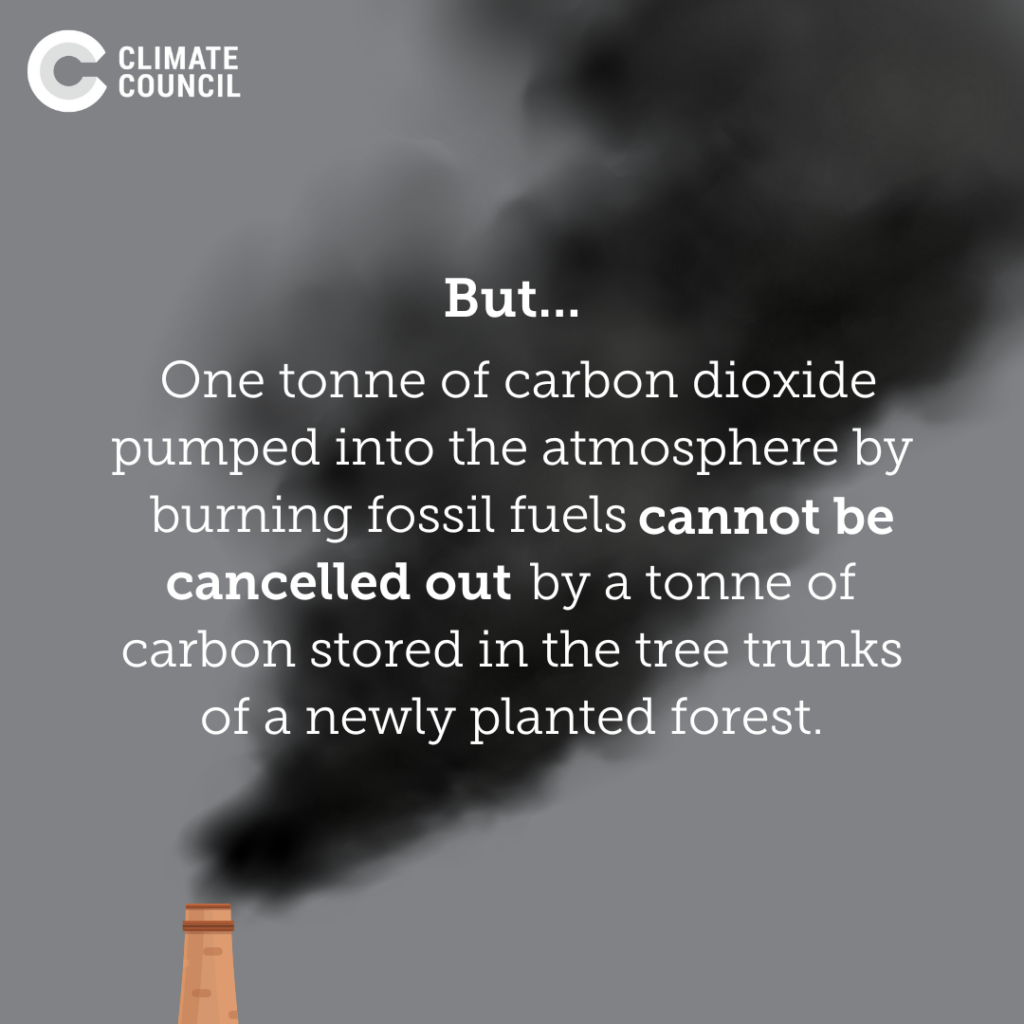
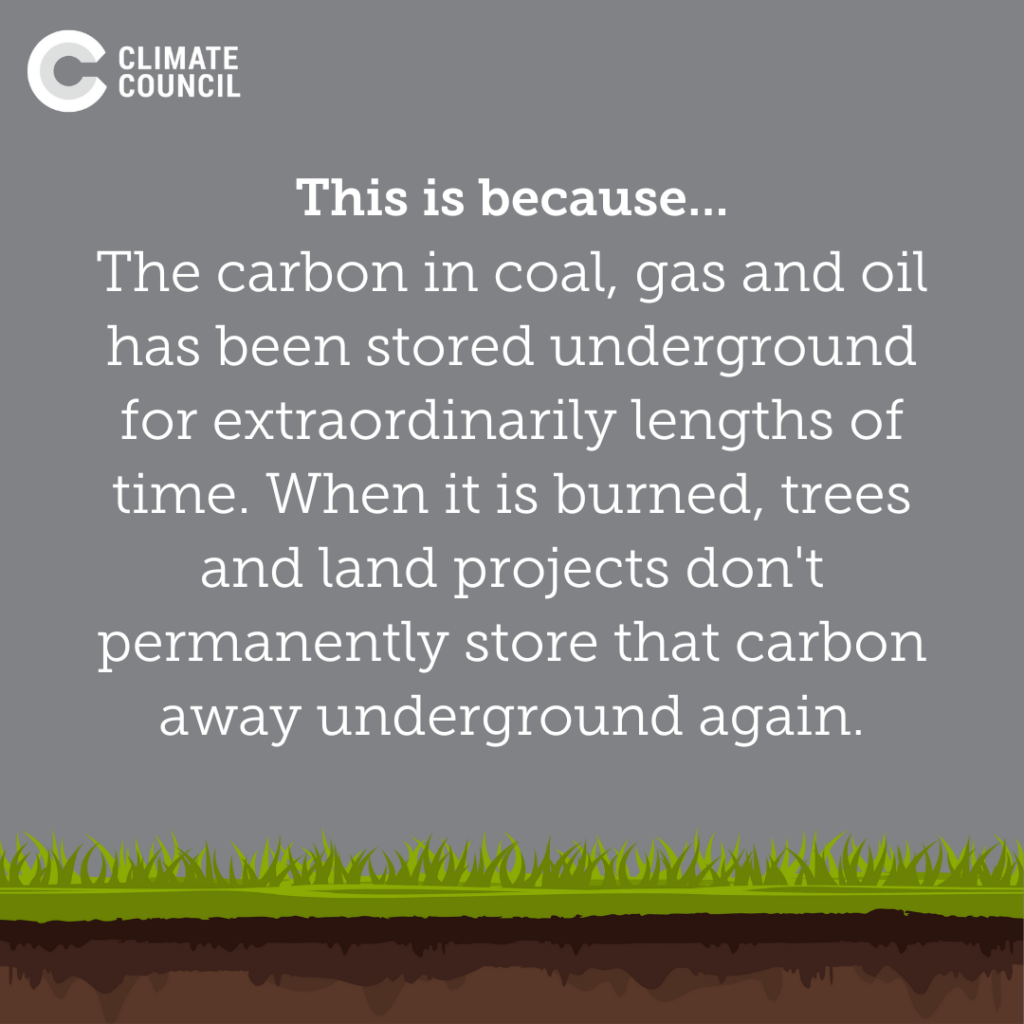
Where do we go from here?
Protecting natural ecosystems and sustainably managing and re-establishing forests are important ways to cut climate pollution and slow down temperature rise in the short term by drawing down carbon dioxide from the atmosphere and avoiding its release. At the same time, we must slash climate pollution from coal, oil and gas further and faster . If we do only the former and not the latter, we risk transforming more and more of our carbon sinks into carbon sources as climate change progresses.

GET THE FACTS
Subscribe to the Climate Council today to stay in-the-know on the latest climate news, research and ways you can take action to cut climate pollution.
For information on why we collect and how we will use or disclose the personal information you have provided in this email subscription form, please see our Email Subscription Form Collection Notice here. Our Privacy Policy is also available here.

